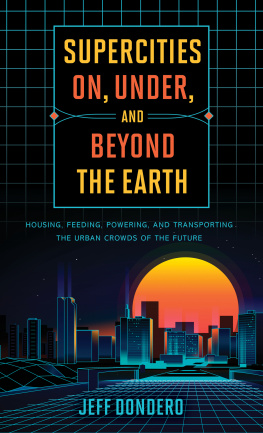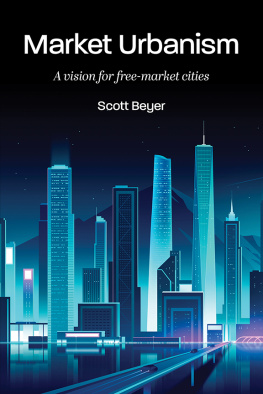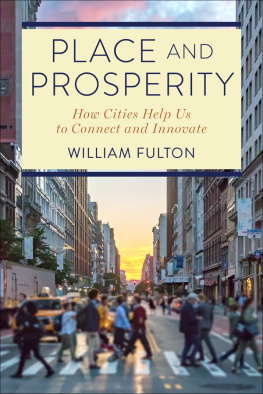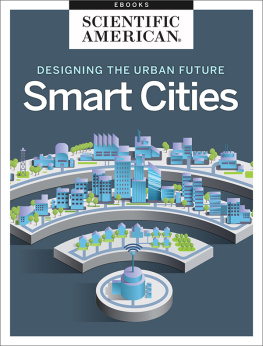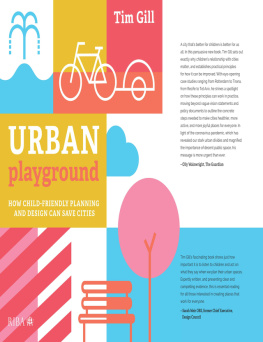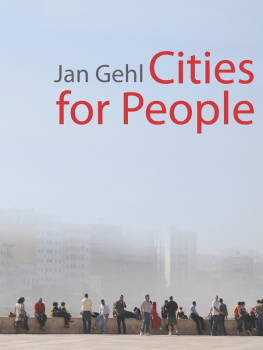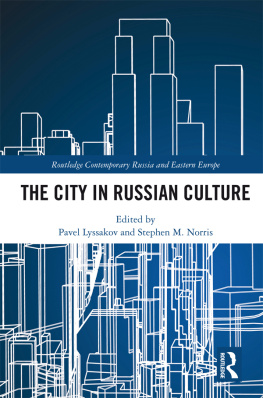NEW YORK UNIVERSITY PRESS
New York
www.nyupress.org
2018 by New York University
All rights reserved
References to Internet websites (URLs) were accurate at the time of writing. Neither the author nor New York University Press is responsible for URLs that may have expired or changed since the manuscript was prepared.
Library of Congress Cataloging-in-Publication Data
Names: Emerson, Michael Oluf, author. | Smiley, Kevin T., author.
Title: Market cities, people cities : the shape of our urban future / Michael Oluf Emerson and Kevin T. Smiley.
Description: New York : New York University Press, [2018] | Includes bibliographical references and index.
Identifiers: LCCN 2017034138| ISBN 9781479856794 (cl : alk. paper) | ISBN 9781479800261 (pb : alk. paper)
Subjects: LCSH: City planningEnvironmental aspects. | Urban economicsEnvironmental aspects. | Community development, Urban.
Classification: LCC HT166 .E474 2018 | DDC 307.1/216dc23
LC record available at https://lccn.loc.gov/2017034138
New York University Press books are printed on acid-free paper, and their binding materials are chosen for strength and durability. We strive to use environmentally responsible suppliers and materials to the greatest extent possible in publishing our books.
Manufactured in the United States of America
10 9 8 7 6 5 4 3 2 1
Also available as an ebook
The Claim
Market City | People City |
So Busy | An Equal Diddy |
Business and Growth | Few Fret |
Love them Both | Safety Net |
Amidst the Jobs | Life Is Good |
Faint Sobs | The Collective Could |
How Do We Know | One Concern |
We Asked | We Heard |
They Told Us So | Will it Last or Will It Turn |
History screams truth. The truth about cities is that they rise and fallsometimes slowly, sometimes with head-spinning speedbecause of their relationship to the times. What is an advantage in one era is of little use in the next. Cities must adaptalways and continuallyor they wilt and drop, become shriveled and used up, at least until they find a way to adjust to the new times.
Rightly assessing the future is fundamental to the work of cities. Prepare correctly and prosper. Guess incorrectly, put the proverbial eggs in the wrong basket, or simply focus on the now, and join the junkyard of has-been cities.
We are in the midst of changes, of a new time. We will explore these changesand make sense of themby drawing on stories and data from dozens of cities across the world, and exploring in depth two cities, each going its own way, hedging its bet on a different future. Each is staking its claim to a different fundamental focus. This tale is told so that we can understand more broadly the choices cities face and the directions they may go, and so we can consider the possible outcomes.
Lots of urban prognosticators are currently busy prognosticating. They tell cities things like you have to cater to the creative class, you have to focus on bio-tech, you have to go green, you have to attract jobs, you have to redesign your transportation system. The list goes on. In the end, cities must focus. They must create a priorities rubric through which they make their decisions from a myriad of possibilities and choices.
At its core, this book argues that cities now orient themselves in one of two main directions as they move forward. They either privilege the market or they privilege people. Put more directly, some cities exist first and foremost for the market, some first and foremost for people. The difference is profound, so profound that we must conceive of them as different entities: Market Cities or People Cities.
To be sure, both types of cities care about both the market and people. After all, both of these must be present to be a city. We have not seen a city yet that does not want a strong economy, and it is difficult to find a city that does not want a good life for its citizens. But cities ultimately privilege one over the other, often because they view their focus as the best way to achieve the other objective. That is, for Market Cities their reasoning is something like this: Want a good quality of life and a vibrant community? Then you must work to have a strong economy, producing jobs, luring companies to your city, spurring lots of start-ups, and being business friendly. And for People Cities, their reasoning is something like this: Want a strong economy and lots of good jobs? Then you must work to make your city a place where people want to live, a city that is friendly to their needs, that is lively, healthy, safe, sustainable, and most of all, livable.
These simple terms, we will argue, have far-reaching implications. Peoples lives in Market Cities and People Citiesthe very experience and meaning of being human and living with othersare poles apart. From urban form to diversity to crime to transportation decisions to sustainability, the choices cities make to be Market Cities or People Cities reverberate across lives and across generations.
Market and People Cities in Action
Cities have choices, choices about what they exist for and about what they want to be. We will describe a coalescing of these choices such that we are witnessing fundamentally different types of cities emerging across the globalized, developed world. We will describe mind-boggling sprawl and purposeful density, social parity and racial inequality, public infrastructure and private largess, gleaming skyscrapers and humble shops, legions of bikes and armies of cars, crime and peace, and a can-do spirit and a must-do spirit. Contrasts abound.
But underpinning these contrasts are two essential similarities. The first is that cities across the world are subject to the same structural and institutional influences that paradoxically necessitate these immense contrasts. We live in a global age, one in which urban transformation is seen as a central component of any city agenda. Where that city agenda is directed is the primary subject of this book, and it is demonstrated through the contrasts, but that the contrasts are born out of the same globalized world is no small matter. The globalized world makes cities focus.
How cities respond in our interconnected globe has much to do with the second similarity: that residents of a city, whether political leaders, economic elites, homeowners, or the most marginalized citizens, rely on, respond to, and re-create the gravitational pull of cultural beliefs about what is possible and what should be prioritized in their city. This book centers on the idea that cities have their own cultural milieu, and what the most powerful resident and the everyday resident believe about their city is in large part thanks to this cultural milieu. This is not to say that residents within cities are homogeneouswe urbanists love cities because of their heterogeneitybut instead simply that that heterogeneity centers on fundamental ideas. And its not to say that culture is the end-all factor in cities: indeed, history, politics, and economics all play crucial roles. We believe, though, that culture has long been neglected in the study of cities, and that how it interacts with those other important institutions over time can tell us a lot about how a city will respond in the global age. And taking a new look at how residents think is critical to that task. We detail more about our theoretical perspective in a separate article.


